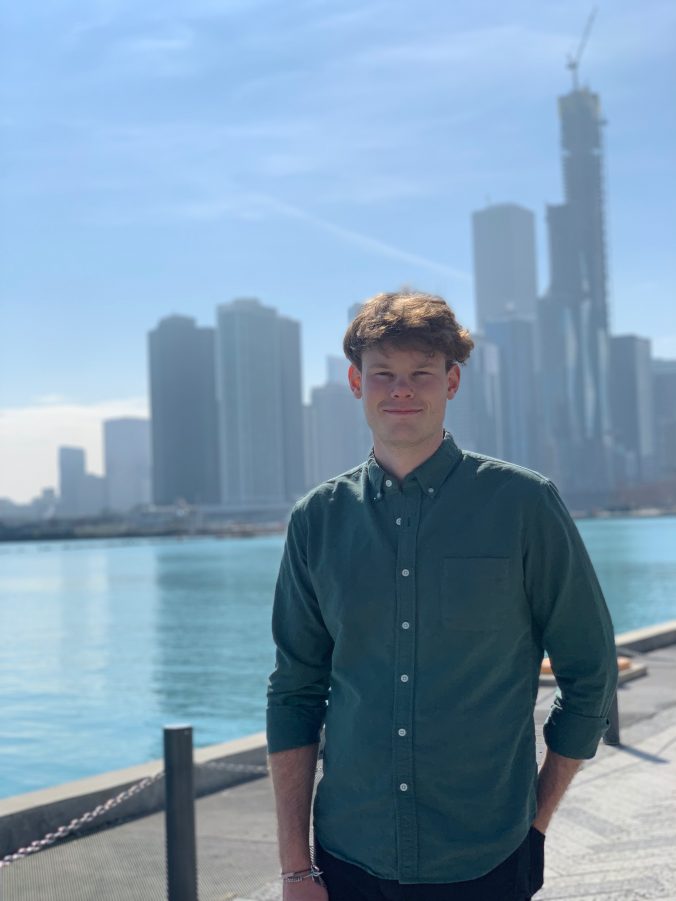Work in Progress
The effects of exposure to violence on social network composition and formation: Evidence from IDP camps in Myanmar
Working Paper
How does exposure to violence affect civilian social networks during wartime? Social networks play critical roles in civil wars by affecting the ability of insurgencies to wage war and by enabling civilians to endure the destruction of conflict. However, little is known about how these networks change in response to violence. I employ original survey data from camps for the internally displaced in Kachin State, Myanmar, an area of active civil conflict, to determine how exposure to violence affects IDPs’ social networks. I find that those exposed to violence on the extensive margin have fewer initial, new, and close ties, and those exposed on the intensive margin have fewer new ties within the camps. However, those exposed to violence do not form ties with other exposed IDPs at a higher rate than with non-exposed IDPs.
A theory of targeted and indiscriminate state violence in networks
Revise and Resubmit at Journal of Peace Research
Theories explaining why states choose to use targeted or indiscriminate violence against civilians hinge on the state’s capacity to gain information about whom to target and its ability to do enough damage to prevent defection to the rebel’s side. In contrast to these theories, I show that the choice of strategy depends on characteristics of the community experiencing the violence, not the state employing it. This paper argues that even when states can target certain civilians, they may choose to employ indiscriminate violence due to characteristics of civilians’ social network structure. The state’s optimal strategy of violence is driven by two factors: the degree distribution of civilians’ social networks and the correlation between citizens’ motivation to leave a network and citizens’ value to other nodes in the network. When the degree distribution is uniform, and motivation and value are more correlated, indiscriminate violence is more often preferred.
Conflict and social integration: How do violence and status shape social behavior?
Data collection in progress
